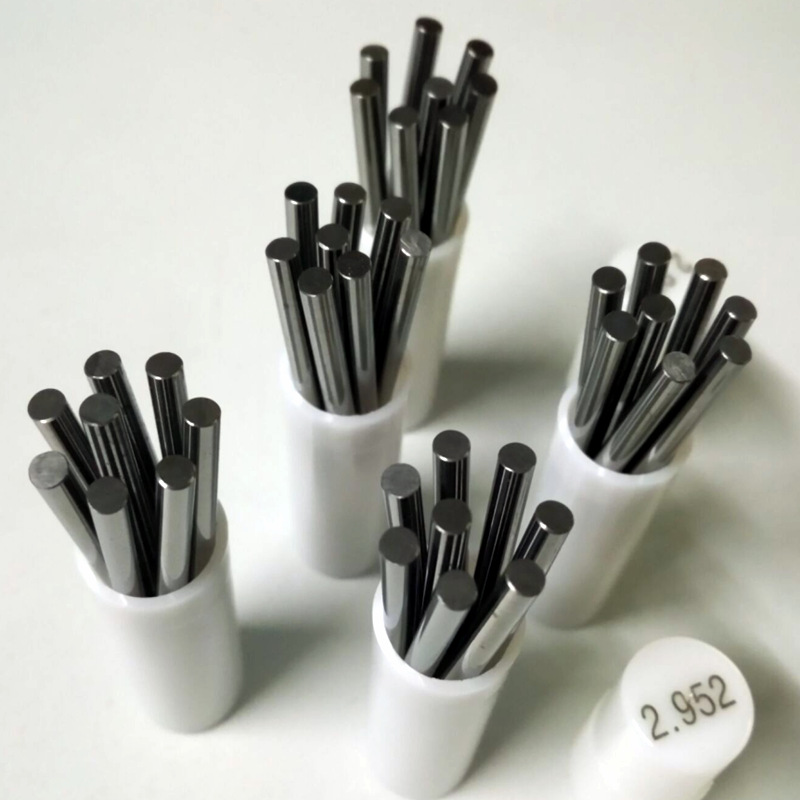12 月 . 05, 2024 22:46 Back to list
Comparison of Gate Valves and Globe Valves in Industrial Applications
Gate Valves and Globe Valves A Comparative Overview
When it comes to controlling fluid flow in industrial applications, two of the most commonly used types of valves are gate valves and globe valves. Both serve crucial roles in various systems, but their designs and functions are distinct, leading to different applications and performance characteristics.
Gate Valves Design and Function
Gate valves are primarily designed for on/off control of fluid flow. They consist of a body, a gate, and a seat. The gate is a flat disc that moves up and down to either block or allow the flow of fluid. The primary advantage of gate valves is their ability to provide a straight-line flow with minimal pressure drop, making them suitable for applications where the fluid needs to flow in a full and unrestricted manner.
The operation of a gate valve is straightforward. When the valve is fully open, the gate is lifted entirely above the flow path, preventing any obstruction. Conversely, when the valve is closed, the gate descends into the flow path, creating a tight seal against the seat. This design makes gate valves ideal for applications that require infrequent operation, such as in pipelines where fluids are either completely on or off.
However, gate valves are not recommended for throttling purposes or for regulating flow. Attempting to partially open a gate valve can lead to vibration, noise, and erosion, which may eventually damage the valve and hinder system performance. In addition, gate valves generally require a considerable amount of space to operate, as the gate needs to be lifted fully out of the flow path for optimal performance.
Globe Valves Design and Function
gate valve and globe valve

In contrast to gate valves, globe valves are specifically designed for regulating or throttling fluid flow. They have a spherical body shape, which gives them their name, and feature a movable disk or plug that fits into a conical seat. This design allows for variable flow control depending on how much the valve is opened or closed.
Globe valves excel in applications where precise flow regulation is required. The ability to throttle flow makes them suitable for systems where varying flow rates are necessary, such as in heating and cooling systems, or in process control applications. Unlike gate valves, globe valves can effectively control flow even when partially opened, providing greater versatility in fluid management.
However, this versatility comes at a cost. Globe valves typically result in higher pressure drops due to their design, as the flow path is more restricted compared to a gate valve. This means that while globe valves are effective for regulation, they may not be suitable for applications requiring minimal pressure loss, such as large-diameter pipelines.
Applications and Considerations
Choosing between a gate valve and a globe valve ultimately depends on the specific requirements of the system in question. Gate valves are best suited for applications requiring full flow control with infrequent operation, such as in water supply systems or oil and gas pipelines. Conversely, globe valves are more appropriate for systems that demand precise flow regulation and are frequently adjusted, such as in HVAC systems or chemical processing plants.
In summary, understanding the fundamental differences between gate valves and globe valves is essential for engineers and designers when selecting the appropriate valve for a given application. Each valve type offers unique advantages and limitations, and careful consideration of the operational requirements can lead to improved efficiency and longevity of the entire system. Whether optimizing flow control in a complex pipeline or ensuring accurate pressure regulation in process systems, the right valve choice can significantly impact operational effectiveness.
-
Y Type Strainers: A Comprehensive GuideNewsOct.18,2024
-
Understanding Water Valve Options for Your NeedsNewsOct.18,2024
-
Functions and TypesNewsOct.18,2024
-
An Essential Component for Fluid SystemsNewsOct.18,2024
-
Adjustment and ReplacementNewsOct.18,2024
-
Slow Closing Check Valves: A Key Component in Fluid SystemsNewsOct.08,2024
Related PRODUCTS









